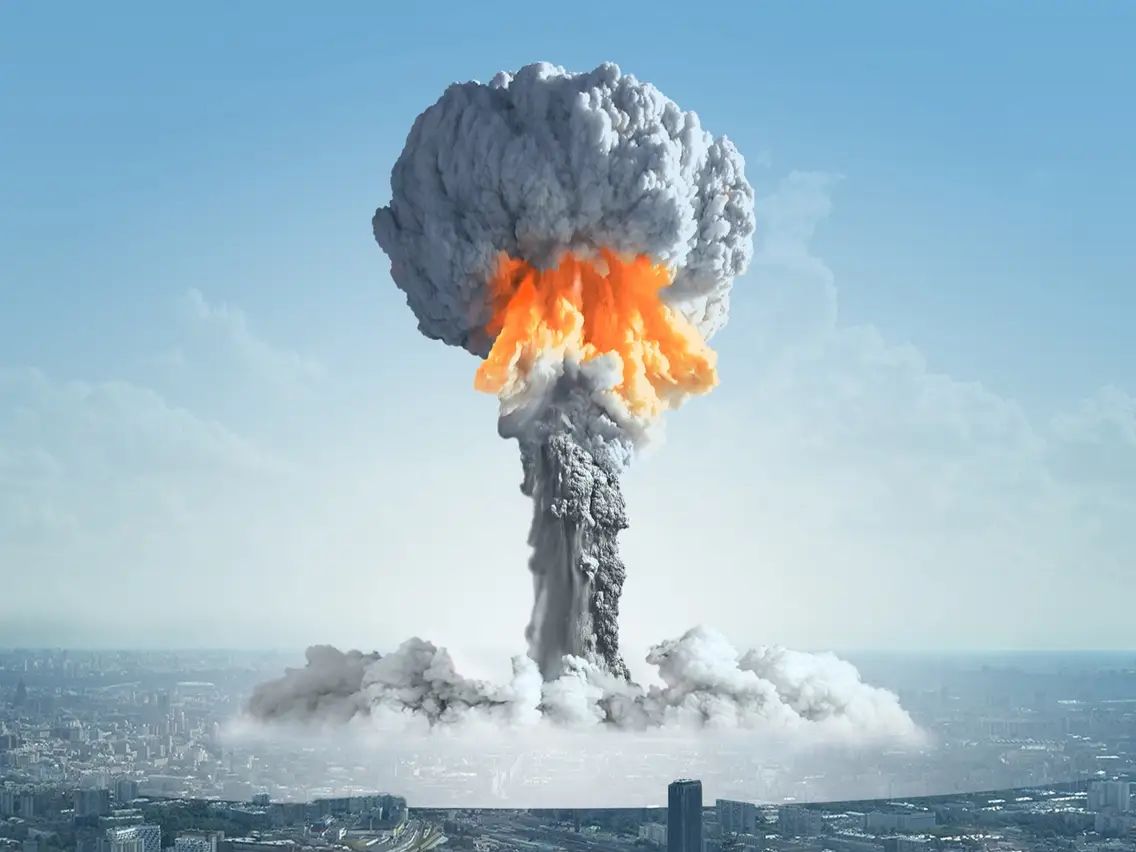The only studio recording of the Coventry band Quiet Riot. “the other night”, Thursdays at the Freemasons Tavern. Many great nights.
“The Bomb Song” was recorded at Woodworm Studios in 1983. Writen by Dave Cooper it features Dando Shaft members Mart Jenkins, Kev Dempsey and Ted Kay as well as Rob Armstrong, Bub’s White, John Freeman and Les Hughs.
The track refers to the Thatcher, Reagan, Gorbachov era. “to protect the constitution, there is only one solution, build more bombs build bigger bombs….”
There is a complete song version with a video HERE
Anthropocene epoch.
For historians, the first atomic bomb blast in 1945 ushered in the nuclear age. But for a group of geologists, the 16 July test at Alamogordo, New Mexico, marks the start of a new unit of geological time, the Anthropocene epoch.
The term Anthropocene was coined 15 years ago to refer to the age of widespread human influence over the planet. Ever since, geologists have debated when people first left a clear mark in the rock record.Whether to enshrine that moment as the start of a formal geological unit. Some researchers have proposed setting the beginning of the Anthropocene and the end of the current epoch, the Holocene. At the start of the Industrial Revolution. Perhaps even further back, at the dawn of agriculture. Others look to the vast expansion in human activity in the second half of the twentieth century.
Now an international group of scientists has thrown its weight behind the latter possibility, and suggested using the first nuclear blast as a starting point. “It’s a well defined spot in time — it’s a big historical event,” says Jan Zalasiewicz, a stratigrapher at the University of Leicester, UK, and lead author.
Definition
Zalasiewicz did the study with 25 other members of a working group that is exploring whether and how to formally define the Anthropocene. In their paper, the researchers propose that the boundary should be defined by the first A-bomb test in 1945 and the stratigraphic presence of radioactive elements from that blast and the much larger nuclear ones that took place over the next decade.
These radionuclides, such as long-lived plutonium-239, appeared at much the same time as many other large-scale changes wrought by humans. In the years immediately following the Second World War. Fertilizer started to be mass produced, for instance, which doubled the amount of reactive nitrogen in the environment. The amount of carbon dioxide in the atmosphere started to surge. New plastics spread around the globe. A rise in global commerce carried invasive animal and plant species between continents. Furthermore, people were increasingly migrating from rural areas to urban centres, feeding the growth of megacities. This time has been called the Great Acceleration.


Leave a Reply